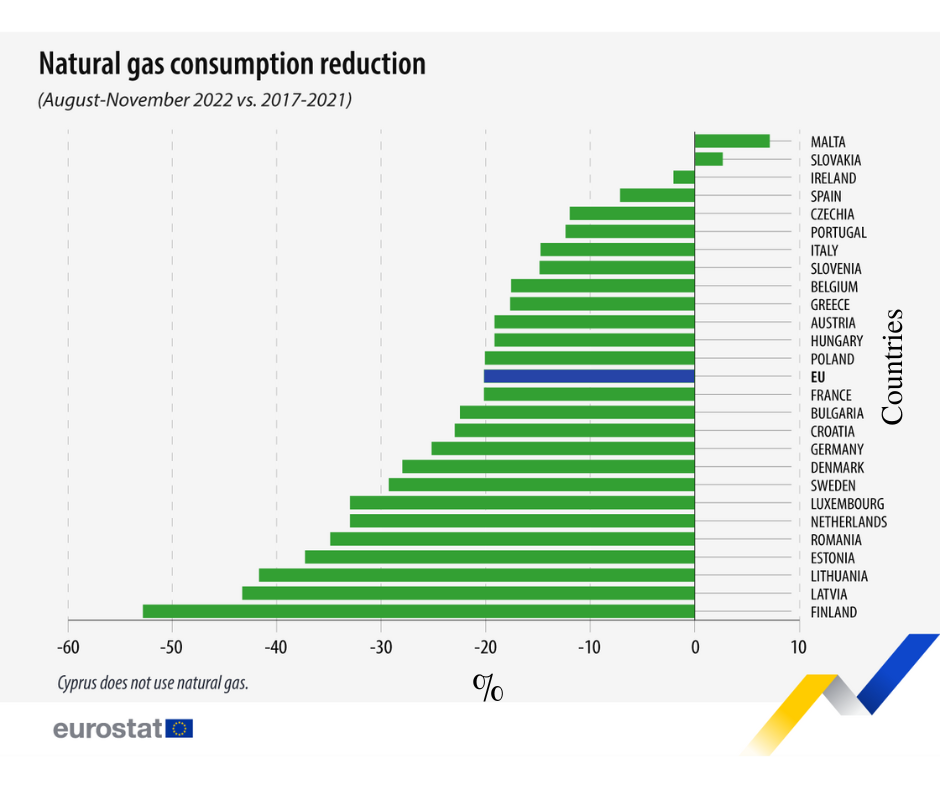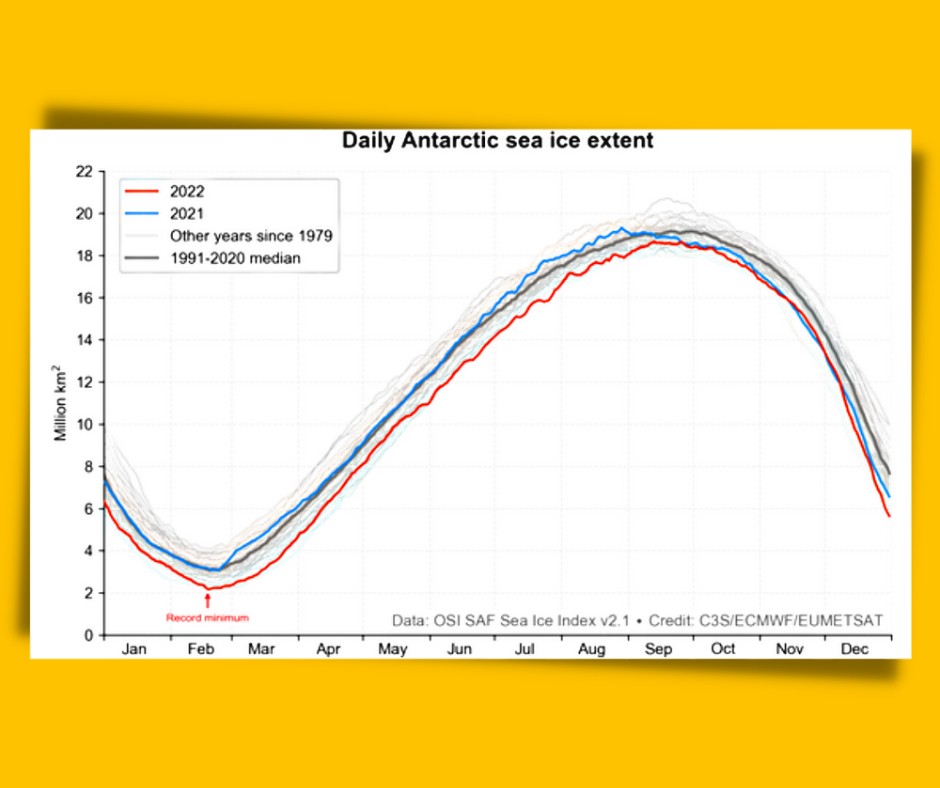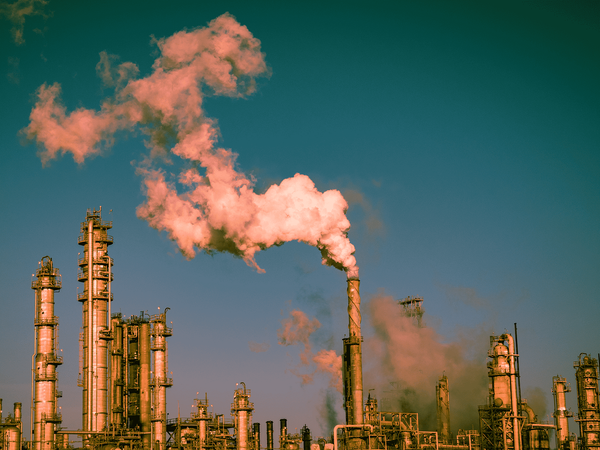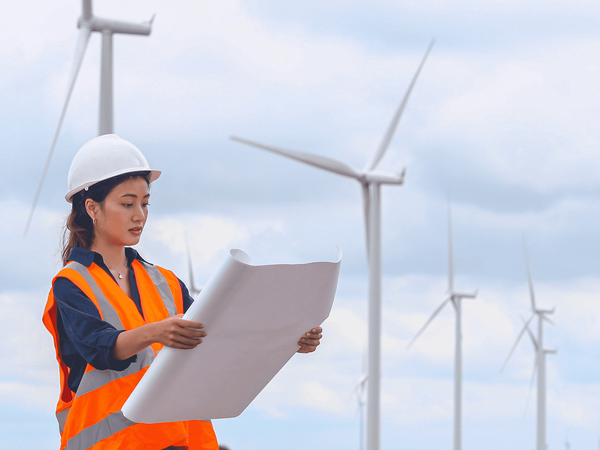Europe cuts gas use by half to combat energy crisis during invasion

Russian gas pipeline shipments to the EU decreased by almost 60% in the second half of 2022 compared to June 2021, primarily through the Nord Stream. Gas and electricity costs are currently regulated in several European nations, in part to safeguard vulnerable households.
The European energy prices hit record levels, surpassing €300/MWh in August as governments rushed to boost storage. In July 2022, as a part of the REPowerEU plan, the EU targeted a 15% reduction of gas demand during August 2022-March 2023, compared to the average of the same period in the previous five years. The member states agreed to coordinate, as doing so would end the EU's dependency on Russian gas.
Read: EU's Emergency Meeting To Discuss Energy Crisis
While some believed that the decision would increase the EU's readiness for any unanticipated energy crisis, many residents saw it as a dangerous crime against those who rely entirely on gas supplies during the winter, especially to keep their homes warm. However, that worry may have temporarily become irrelevant. The EU did better than expected as the average natural gas consumption fell by 20.1% already during August-November 2022, compared to the average consumption between 2017 and 2021.
EU reduced its gas demand
Due to the mild weather and enough capacity brought on by high prices, EU gas consumption declined 16% year-on-year in the second quarter of 2022, although Ireland became the only country in the group to increase gas consumption (by 6.4%) during this time.
However, the biggest gas consumers, Netherlands, Germany, France, Italy and Spain decreased their emission by 25%, 22%, 13%, 7% and 4%, respectively. The EU complemented current policies and programs that made sure that citizens could take advantage of reliable gas supplies and that customers were safeguarded against significant supply disruptions.

Looking at the energy data published by Eurostat, the natural gas consumption among the Member States (Figure 1)— between August-November 2022, 18 states managed to drop beyond the 15% target, with Finland leading the table at 52.7%. Latvia followed with a 43.2% drop.
By contrast, natural gas consumption increased in Malta and Slovakia by 7.1% and 2.6%, respectively. With this reduction, the EU can manage to meet demand during winter 2022-23, even without any Russian gas. However, Europe’s energy crisis will not be over in 2023.
Why did gas demand decrease?
During the energy crisis, many European countries turned to coal or bought Liquified Natural Gas (LNG) from Qatar and the United States. With volumes of 22 bcm, Germany was the largest net importer in Q2 of last year, followed by Italy (18 bcm), France (11 bcm), Spain (8 bcm), the Netherlands (7 bcm), Poland, and Belgium (both 4 bcm).
Out of the 94 bcm in total gas imports in Q2, these seven nations imported 74 bcm. Additionally, France has its nuclear power, Germany inaugurated two LNG terminals and Poland connected LNG with the help of a new interconnector with Lithuania's Klaipeda LNG terminal. Bulgaria secured LNG imports via Greece and Turkey and gas imports from Azerbaijan.
LNG imports in Europe jumped by 60% in 2022 compared to the previous year and gas stocks are currently at 72% of capacity. With temperatures so far this winter more moderate than usual, the consumers used the heater as little as possible— many possibly being careful of high bills.
Read: Is Liquefied Natural Gas (LNG) a solution?
Also, most countries recorded summer-like temperatures in winter. Switzerland, Poland and Hungary registered temperature rise during Christmas and New year. France recorded its warmest New Year's Eve with 16°C (60.8°F) in Paris. The neighbor Germany’s average winter temperature was 3.3°C (37.94°F), which was the warmest winter since 2006. In Spain, Bilbao’s airport hit 25.1°C (77.18°F) on New Year.

Figure 2 shows the Antarctic sea ice extent in 2022 (red line), compared with 2021 (blue line), 1991-2020 median and other years since 1979. Lower sea ice extent indicates a climate is getting warmer and the consequences have shown, but in a way, Europe stayed in a favorable position of needing less gas for its citizen to go through this winter.
Future gas demand
Europe is currently in a safe position and has a buffer time to be prepared for what may come as a challenge the next winter. It is expected that parts of Central and Eastern Europe will likely be most vulnerable to very high prices and substantial shortages.
According to bruegel, with the current state of No Russian pipeline gas (NRPG), the EU could manage this winter with a buffer of 400 terawatt-hours (TWh) or 35% of storage capacity. However, it will require a reduction of a further 32% during summer 2023 to refill storage facilities. Otherwise, summer 2023 will see a return of very high gas prices as storage is refilled.
The current exploited energy price would cause some of the demand in the industrial sector to decline. Industries, such as metals and chemicals, are expected to hit hard and compete to be more sensitive to a rise in gas prices.
Some analysts say a return to an acceptable level could take years. Until then, citizens will struggle to pay inflated energy prices. Europe will rely even more on LNG this year, as this is the first full year without Russia's gas. In the meantime, if Asia competes with Europe for LNG, it will result in higher prices than we see now. Current nuclear operations and LNG imports will therefore be a huge influence for now until renewable energies kick in full swing.
Summary
- Following Russia’s invasion of Ukraine, Europe has suffered from energy crisis
- With the fear of a worsening energy crisis, EU nations voluntarily agreed to reduce their gas use by 15% between August 2022 and March 2023
- However, many countries managed to reduce nearly 50% halfway through the expected deadline
- Moderate weather, government aid and enough gas storage facilities have helped Europe survive through this winter



